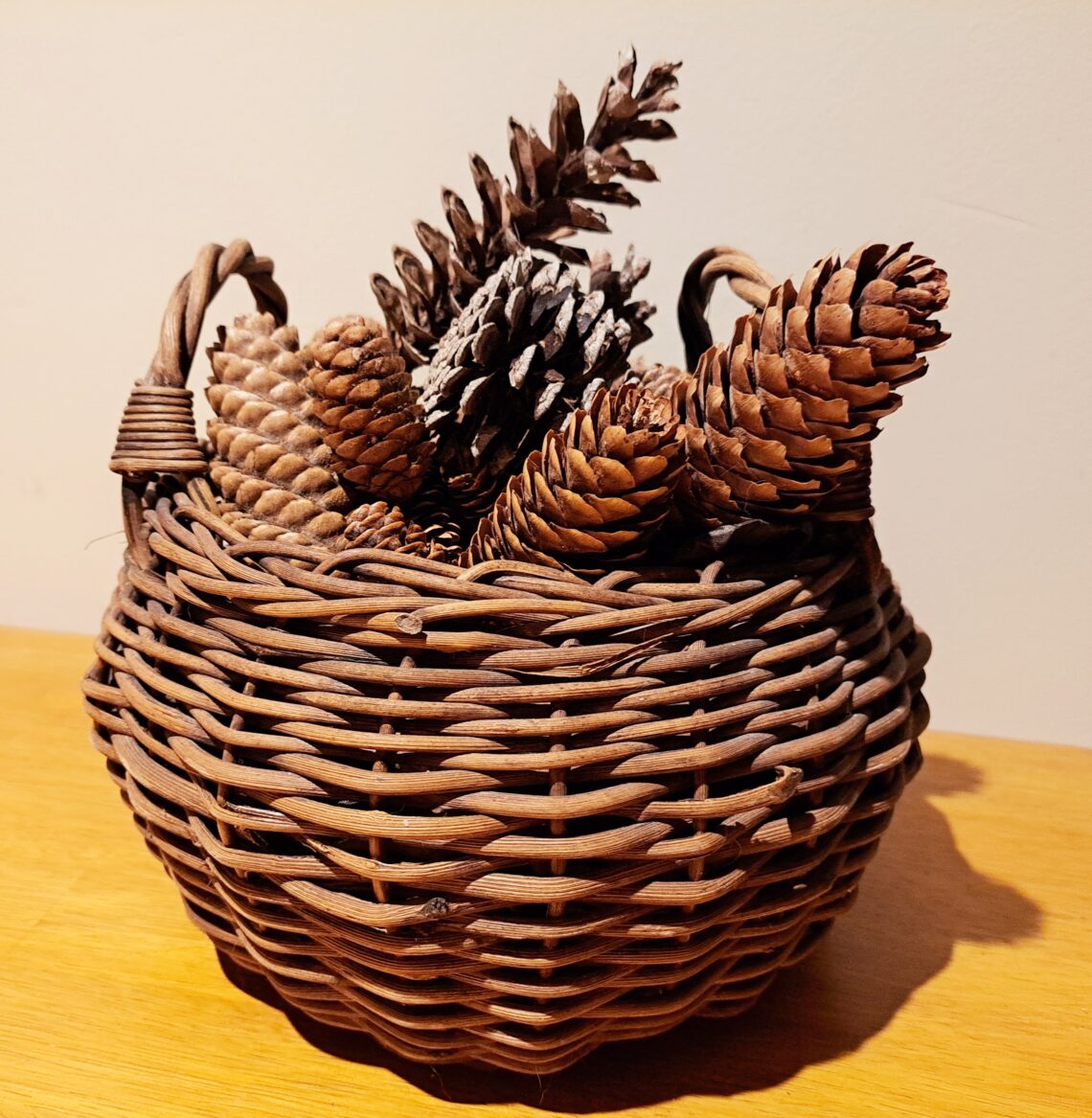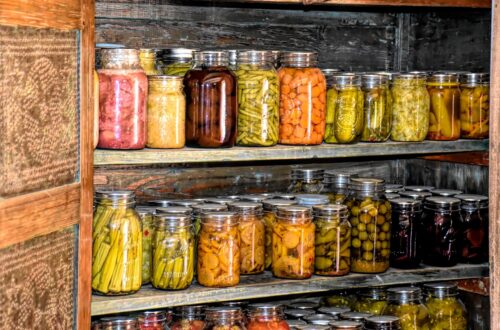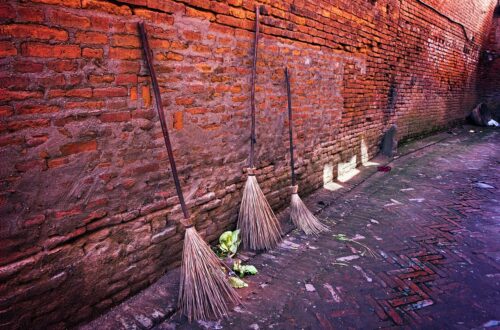Forage for free plants for wicker basketry and other basket weaving supplies!
Ever since I took a “basket weaving for beginners class” in early 2023, I’ve been rather obsessed with making baskets. I’ve bought a few basket making kits over the last year and have made foraging baskets, a woven Easter basket, a heart-shaped basket and even a tiny fishing creel! But with all of that weaving, the wheels in my brain started turning and I began to wonder if I could forage for plants for basket weaving too.
After doing a bit of research, I discovered that there are actually a lot of plants that can be used to make handmade baskets. If you love weaving basketry or you’ve ever wondered what plants you can weave with, this is the guide for you. Below, I’ll introduce you to some of the best plants for wild basketry and teach you how to forage for and prepare natural basket weaving materials from the plants in your backyard!
Affiliate disclosure: As an Amazon Associate, I may earn commissions from qualifying purchases.
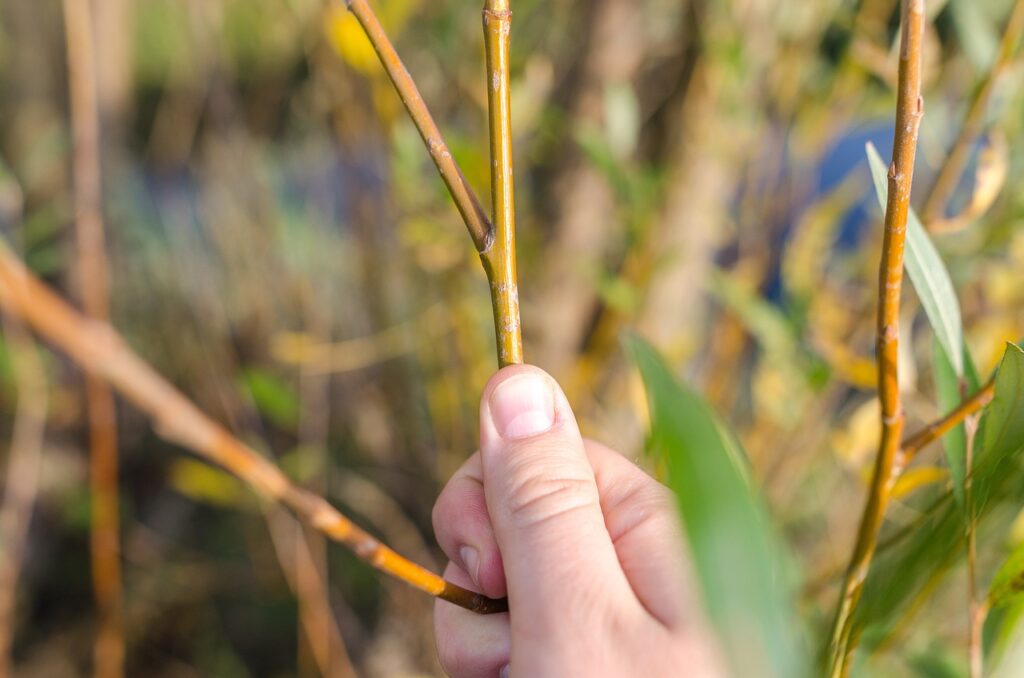
How to Forage for Wild Basketry Supplies
Foraging is always a grand adventure and it’s an excellent excuse for getting outside in nature and exploring your creativity. Bring along a plant identification guide, a bag for gathering basketry plants, perhaps some gloves, a pair of pruners and you’re ready to go!
If you happen to have a large property, you may already have plenty of plants for basic basic weaving growing in your garden. However, you can also gather plants from wild areas as long as you follow local foraging guidelines and get the necessary permissions from property owners before you start gathering plants.
Once you spot the types of basketry materials you’d like to use, gather them up with one hand and snip them off with your pruners, taking care to shake the plant materials as you go to dislodge any critters that might be living there. Keep these other basic foraging guidelines in mind for your safety and the safety of the wild world around you!
– Don’t take more than you need. Remember, plants exist in an ecosystem and many animals and insects depend on them for shelter and food. A good rule of thumb is to never harvest more than 1/10 of the plants you see.
– Use a sharp knife or pruners to minimize damage to plants. Rough cuts in plant stems can allow bacteria and other nasties to creep into plant tissue and cause damage. Making a sharp, clean cut above a leaf node will help plants heal faster and encourage branching too!
– Take care with invasive plants and collect all materials you harvest. Many well-meaning foragers accidentally scatter oriental bittersweet berries and other invasive berries around while gathering wild plants. However, this can be avoided by gathering plants early in the season, before berries form.
– Be wary of vining plants in trees. Vines are often tangled around tree branches and pulling on a vine can sometimes pull a tree limb down right along with it. To avoid this, take extra precautions when foraging for plants in trees and don’t harvest anything that looks like it could pose a fall hazard!
– Be sure you can properly identify the plants you’re foraging. When plants lose their leaves in winter, identifying plants can be even trickier. Remember, poison ivy can look a lot like other vining plants when its leaves fall off!
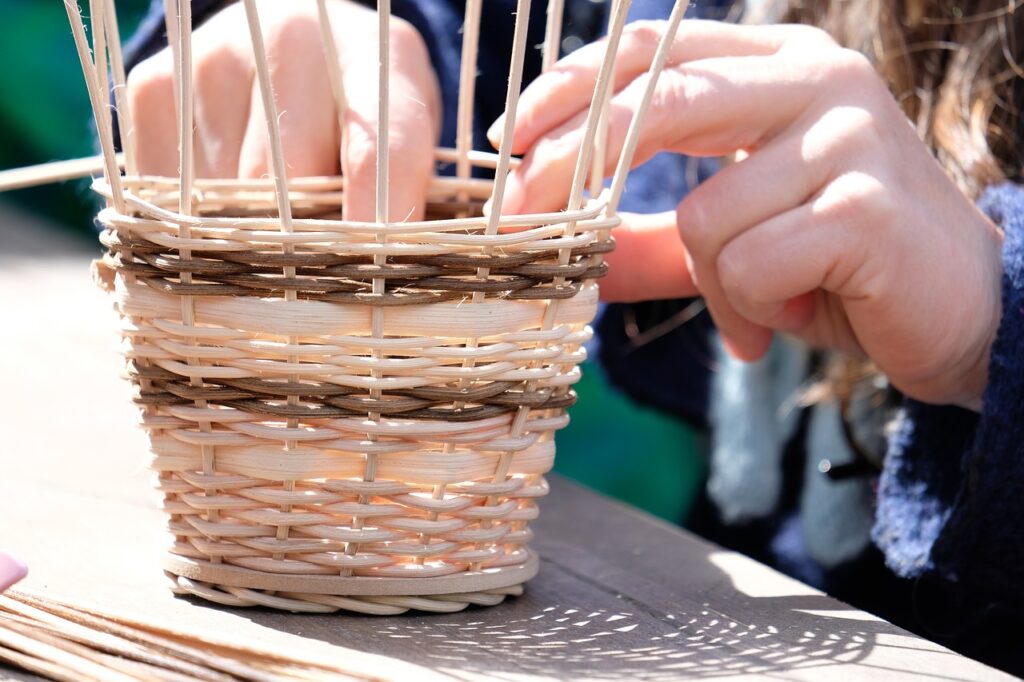
5 Common Plants To Forage for Basket Weaving Supplies
Over the years, many creative people and cultures have experimented with different natural weaving materials. Some cultures use pine needles for basket weaving, while others may prefer to use grass for basket weaving. What materials you choose to use is totally up to you, but below you’ll find 5 of my favorite plants to forage for different types of basketry!
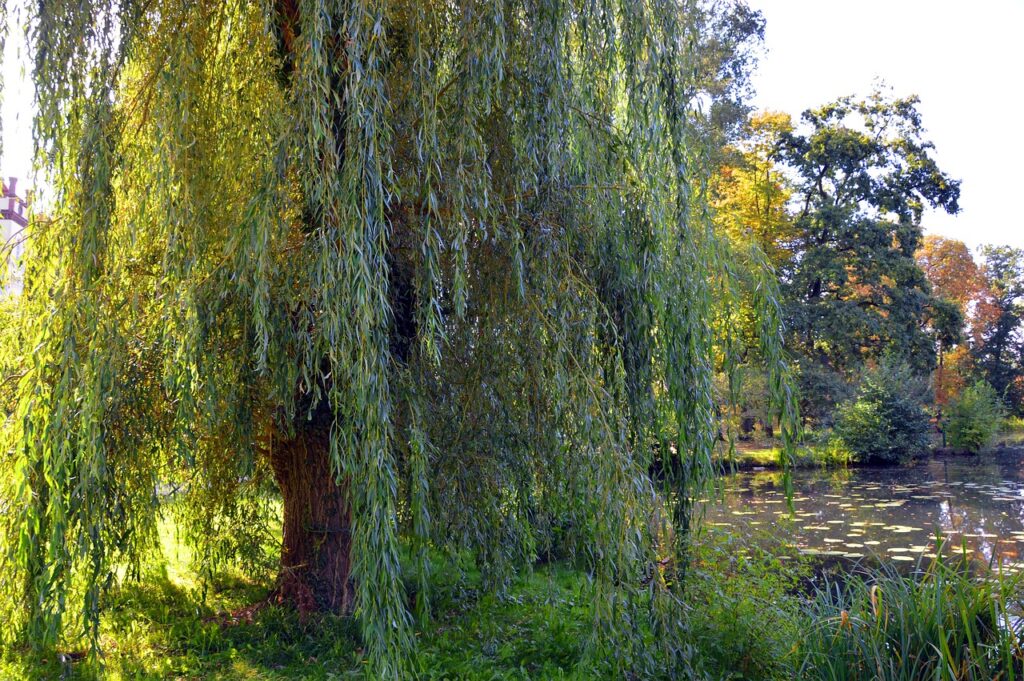
1. Willow
Willow basket weaving is quite common and if you already have woven baskets in your home, there’s a good chance that at least some of them are made of willow! Part of the reason why willow is so popular for basket making is due to its impressive pliability – it can be woven into almost any shape you’d like. Plus, most willow species are fast growers and they’re easy to find… particularly in areas with soggy soil.
Different types of willow can be used for basket making, but popular choices include black maul willow (Salix trianda), osier willow (Salix viminalis) and purple willow (Salix purpurea).
Tip: Wicker baskets are often made of willow, although they may also be made of bamboo, reed, rattan and other plants.
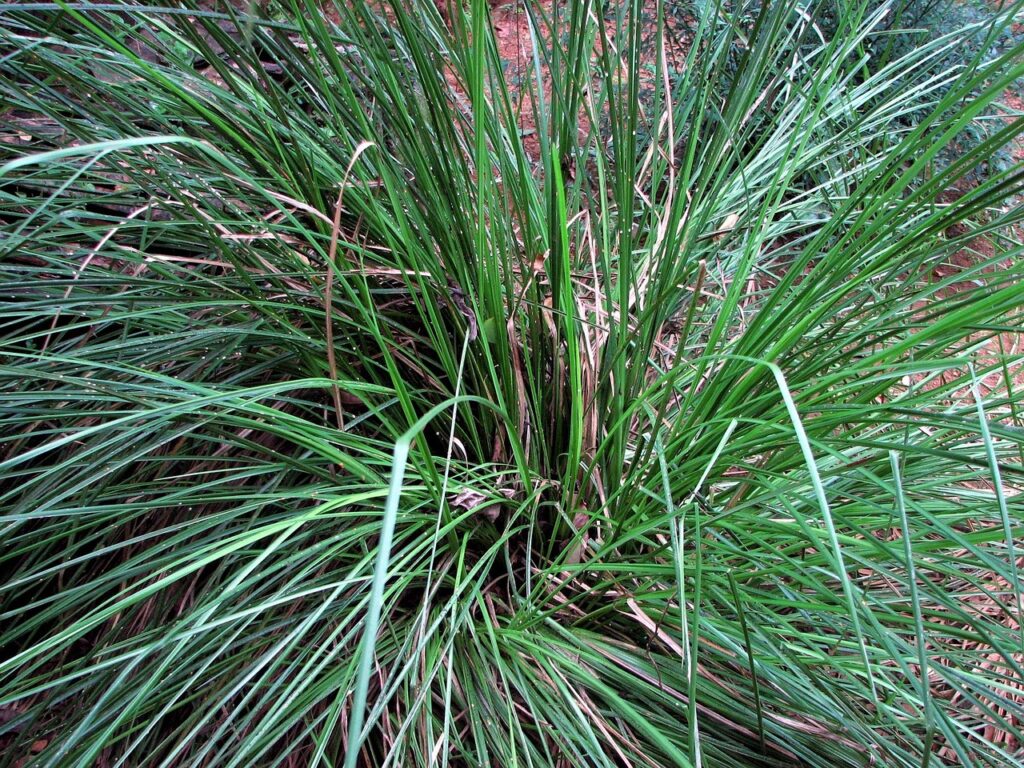
2. Grasses and rushes
Grasses and rushes look a lot alike, although rushes have rounder leaves and they’re more commonly found in areas with damp soil. Whether you want to make a woven grass basket or a woven reed basket, look for plants with long leaves that are sturdy, yet supple… such as basket rushes (Juncus textilis), a basketry favorite!
Tip: If you live near the sea, you may also want to experiment with seagrass weaving!
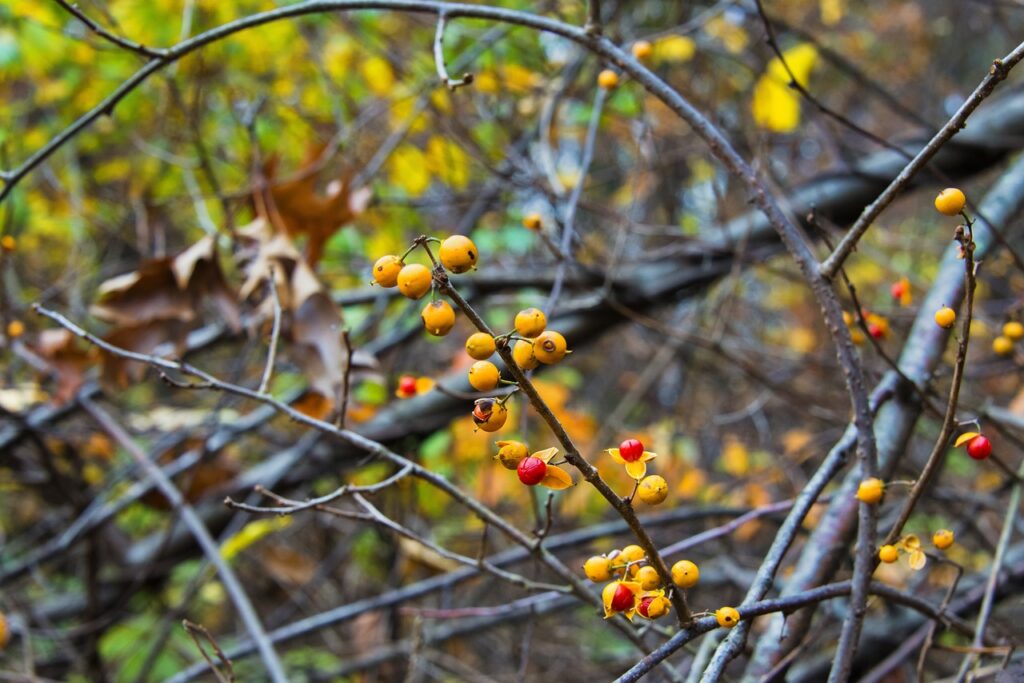
3. Invasive plants
Invasive plants are one of my personal favorite materials to use for baskets because they’re plentiful and gathering them reduces the amount of invasive plants in the environment. Not all invasive plants are suitable for basketry, but vining invasives like Japanese honeysuckle, kudzu, English ivy and oriental bittersweet are some of the best basket weaving materials you can find! Just make sure to take extra precautions when gathering invasive plants as many invasives can sprout from a small section of stem, root or berries that well-meaning foragers leave behind.
Tip: If you’re harvesting bittersweet, make sure you’re picking oriental bittersweet, not American bittersweet. American bittersweet is a native plant and it’s actually threatened as a result of over competition from its invasive cousin.
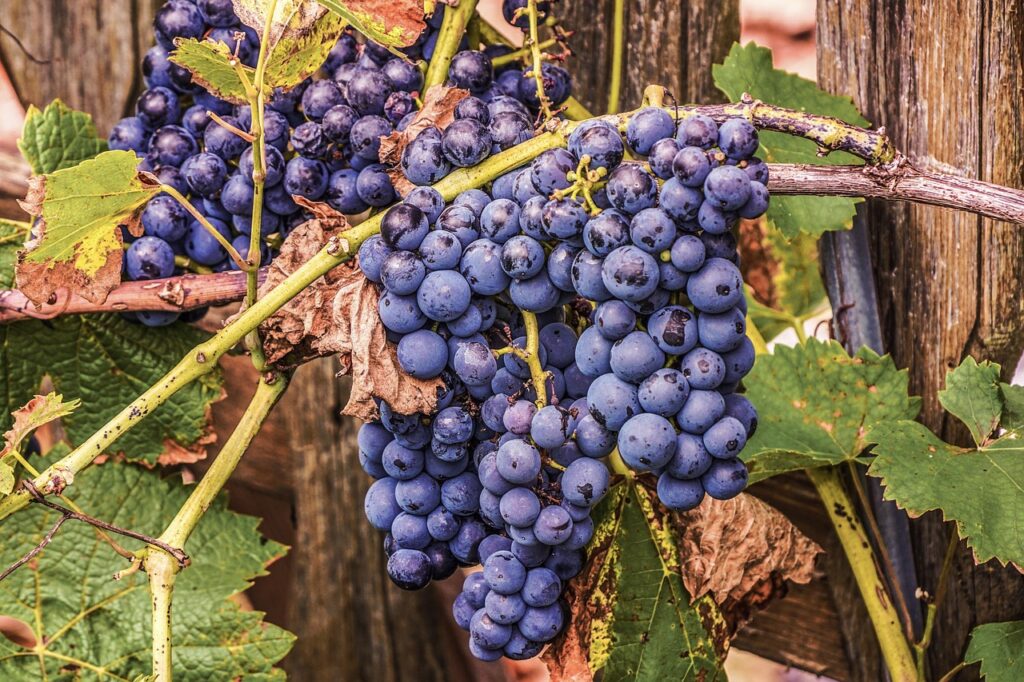
4. Wild grapes
You can make a grape vine basket from wild grape vines or you can salvage grape vines when pruning the grapes growing in your garden arbor. Compared to other wild basketry supplies, grapevines are super sturdy, which makes them suitable for work baskets, wreath making and basket handles as well!
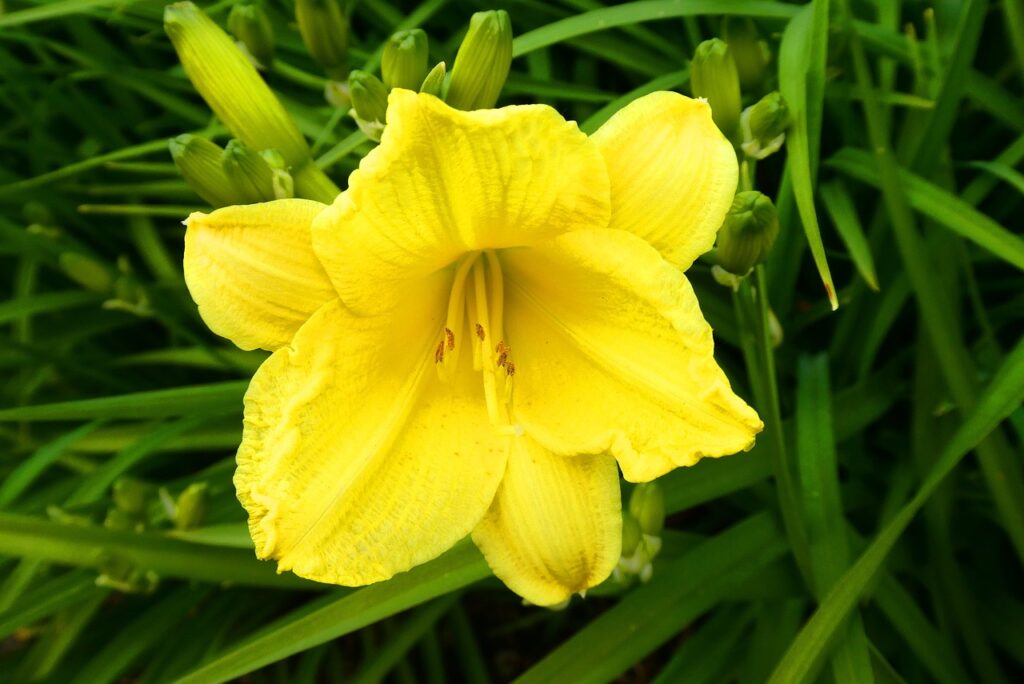
5. Daylilies and irises
Daylilies and irises aren’t the most obvious choices for basket making, but they work. You can harvest daylily and iris leaves at any time of the year, although it’s often easiest to harvest the leaves in autumn, after the plants naturally die back. While irises and daylilies are frequently grown in gardens, these plants have become naturalized in many areas, including along the margins of forests where the sunlight is dappled.
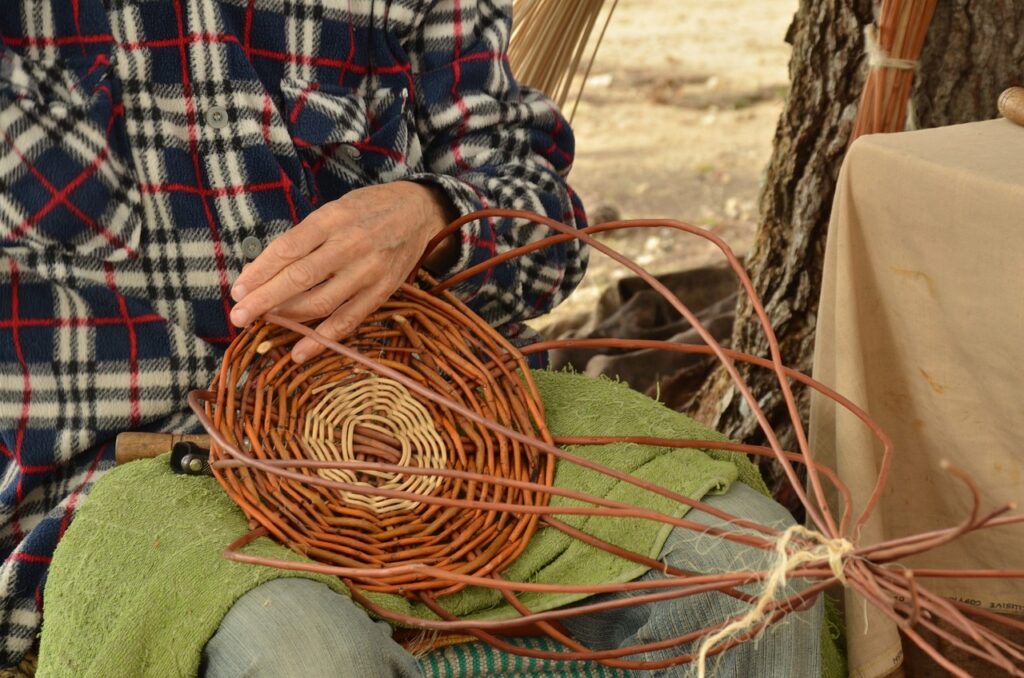
How to Prepare Basket Making Reed, Grass, Willow and Other Plants
After you’ve gathered your natural plant materials, you may be anxious to start weaving. But hold that thought for a second! Some plants can be woven fresh, but many plants should be dried and resoaked before weaving to prevent shrinkage in your finished basket.
If you’re serious about weaving baskets from plants, you may want to invest in an in-depth book on the subject, but these simple tips will help you get started!
- Willow branches should be dried for about 3 weeks after harvesting. Then, resoak the branches in water to rehydrate them and make them pliable enough for basket weaving.
- Grasses should usually be dried on a flat surface with plenty of air flow (like an upcycled ironing board). Then rehydrate the grasses in water for about 24 to 48 hours to make them pliable and reduce cracking. When dried, grasses usually transform into a pretty golden color that beautifully compliments the look of finished baskets.
- Rushes are typically treated like grasses in basket making, although many weavers prefer to split rushes into thirds before weaving.
- Some invasive vines should also be soaked and rehydrated prior to weaving; however, grape vines rarely need this treatment. Fresh grape vines usually stay bendable for several weeks after harvesting, although experienced weavers typically recommend removing the bark and boiling grape vines to make them easier to work with.
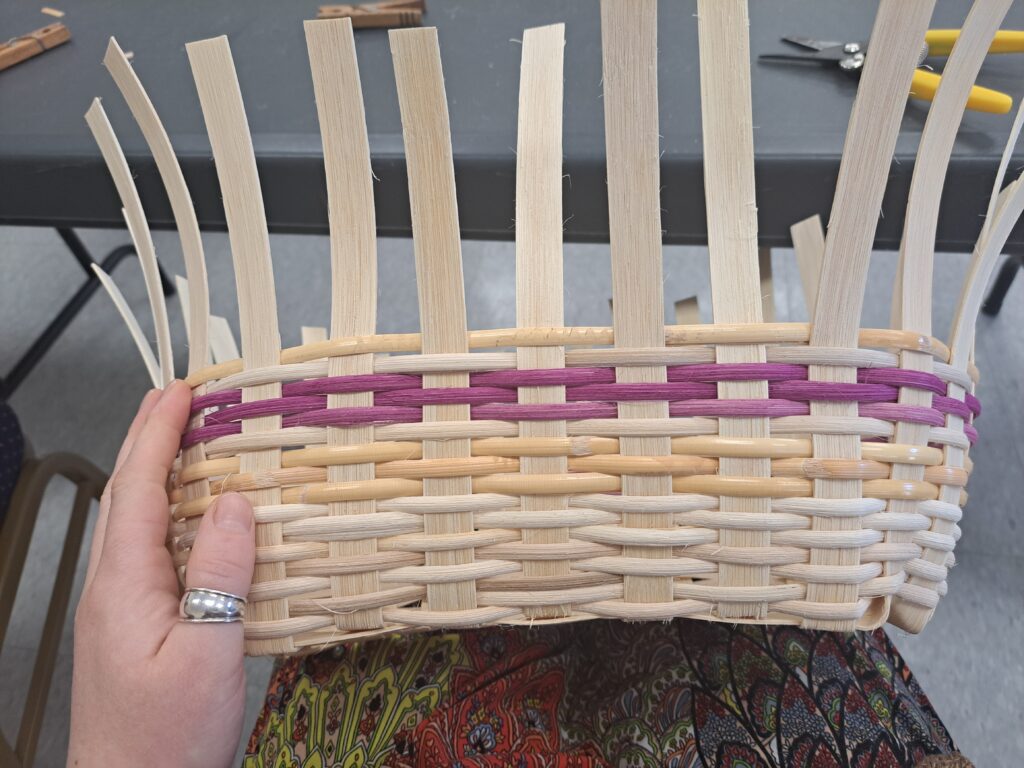
What Are the Best Basket Weaving Techniques for Beginners
A basket is a basket right? Not really! There are actually a number of different basket weaving techniques, including:
- Coil basketry. Coiled basket making works very well with pliable plants, such as grasses and rushes. Daffodil, iris and daylily leaves, as well as pine needle basketry are often woven with this technique.
- Woven basketry. Probably the most classic basket weaving style, woven baskets can be made with many vines, including invasive bittersweet and grape vines.
- Plaited basketry. Short, bendable plant leaves, like cattails, grasses and irises can also be processed with plaiting.
- Twined basketry. Similar to plaited baskets, twined baskets are typically made with bendable plant leaves, such as cattails, iris leaves and grasses.
Different basketry weaving techniques work better than others with different plant materials. If you’re new to making baskets, you may want to pick up a basket weaving kit for beginners that teaches different weaving styles to help you discover the technique that you prefer!
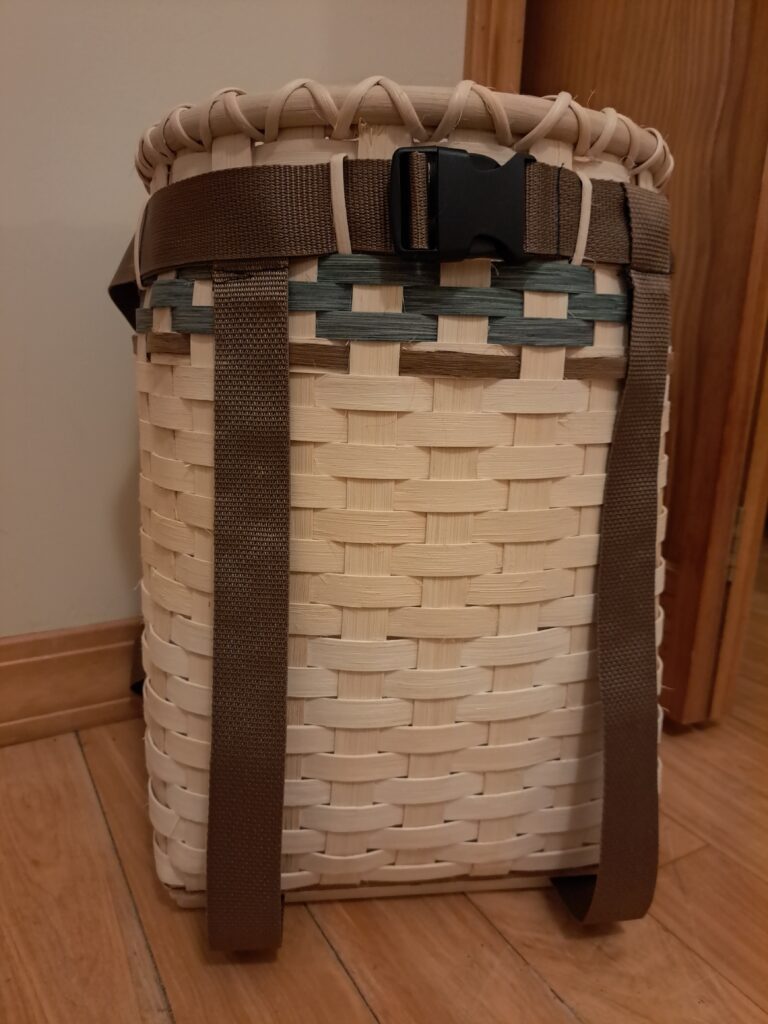
Frequently Asked Questions About DIY Basket Making
What plants can you weave with?
Plants with long, tough leaves or bendable branches and vines are the top choices for foraged basket materials. For even more options, you can make baskets with pine needles, palm leaves and some types of seagrass.
What is the simplest basket weaving technique?
Plain weave (also known as simple weave) is the easiest basket weaving technique for beginners. As you get more advanced, you can also try out other weaving techniques, like coil weaving, plaiting, twining and wicker weave.
What kind of pine needles are used for weaving?
Pine needles are a traditional basket weaving material and they offer an intriguing, rich color to finished baskets. Just look for pine needles from long-needled pine species, such as longleaf pine or white pine.
